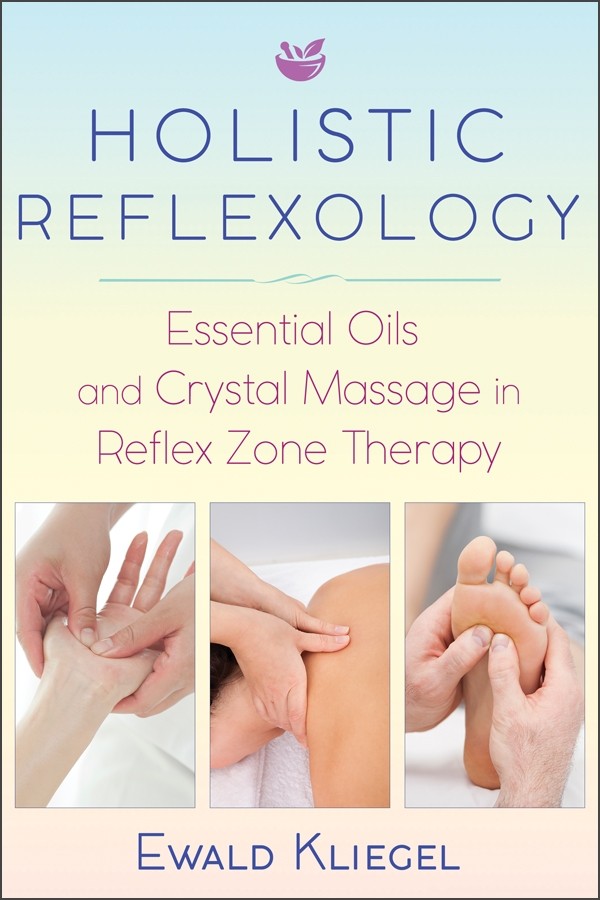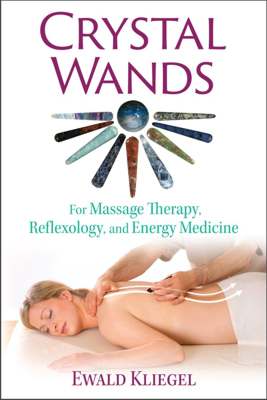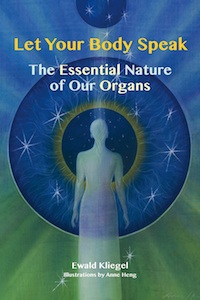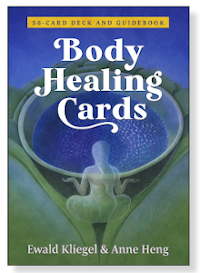Reflexology
is a gift of life itself, in an abundance that exceeds our imagination
in any direction. Accordingly, the applications are limited only by the
boundaries in our mind and those ones which are defined by law. In its
5,300 years since “Oetzi”, the Tyrolean "Iceman",
got his tattoos the various "somatotopies" as the reflexology systems
are called technically correct were probably used for all kind of
complaints and treatments. Certainly, here we have to limit their
applications because we should always use the best treatment which is
possible and available. In respect to our medical advances and to
natural healing there are often more effective means of treatment than
reflexology.
But we may include reflexology always
....
further ->
Reflexology
is a gift of life itself, in an abundance that exceeds our imagination
in any direction. Accordingly, the applications are limited only by the
boundaries in our mind and those ones which are defined by law. In its
5,300 years since “Oetzi”, the Tyrolean "Iceman",
got his tattoos the various "somatotopies" as the reflexology systems
are called technically correct were probably used for all kind of
complaints and treatments. Certainly, here we have to limit their
applications because we should always use the best treatment which is
possible and available. In respect to our medical advances and to
natural healing there are often more effective means of treatment than
reflexology.
further:
But we may include reflexology always as an accompanying measure and as
a diagnostic supplement for many an application. This means more
specifically, that a physiotherapeutic stroke after-care treatment with
PNF exercises can be supported with a short massage of the reflexology
on the skull. It can mean for natural healing that we teach a patient
with a "cold liver" in addition to the therapies how to apply at home a
“liver pack” on the reflexology zones of the liver
on the
belly. Or as a further example, a gynaecologist could encourage women
with PMS to massage the relevant zones in the nose with a mixture of
oils, a method which is known since about 1900. The same also applies
to the urologists with regard to prostate problems for men.
But who says that reflexology treatments need to be always therapeutic,
and that we always have to solve problems? The largest field where
reflexology is used does not concern the therapies. Although we often
use acupuncture needles, laser applications and injections in
reflexology zones to relieve symptoms most of these possibilities
physicians in general do not know, not least because their dependencies
on the complex of the chemical-pharmaceutical industry are simply too
extensive. Something else applies to the physiotherapist. Strictly time
clocked throughout the day and constricted in administration
reflexology remains in this profession, unfortunately, often off the
track, despite the fact that the connective tissue massage - a special
reflexology technique in the dermatomes - was developed in 1928 by a
physiotherapist and physiotherapists were the first to use extensively
reflexology on the feet.
But the main movement which anchored reflexology in everyday life was
much less spectacular. Here we may tribute our respect primarily to the
beauticians and for about 15 years, to the people in the well-being
professions.
The elevator technique and the balancing of the MPR (Maximum Points of
Reference) may be similar in both professional orientations of therapy
and well-being. The big difference is that therapeutically we want to
find out which organ or what structure is affected, while in wellness
applications this curiosity and this knowledge is legally denied. Just
in case a beautician would find out that an irritated reflexology zone
is connected to a disorder of the bladder, legally this would be a
therapeutic action due to a diagnostic evaluation. The applications in
both ways may be the same, e.g. the basic unblocking procedure and the
massaging of the reflexology zones. The difference is in the mind.
While we work therapeutically towards a relief of symptoms or for
specific structural improvements, the wellness activities are aimed at
harmonization of the energetic states, the support of wellbeing and at
a healthcare in terms of stabilizing a person as a holistic system.
Considering the applications of beauticians more closely we'll see very
quickly that they work beneficially in many areas of reflexology. For
example, a décolleté massage is performed in the
so
called "lymph-belt" and thus provides support for the lymph flow, which
incidentally also strengthens the immune system. Another example are
their facial massages. There the beauticians automatically treat the
reflexology zones on the face and reach on this way the organs'
physical and emotional basic regulation. Anyone who has ever received
such a massage knows that this really is a treat of well-being and one
can imagine that a side effect may be certainly a wonderful tuning of
the organs.
The potential of reflexology goes even much further: Reflexology
massages with precious stones and crystal wands are certainly due to
support our internal balancing. A series of experiments (not strictly
scientific) has shown that laying of stones on the body resulted in a
spontaneous change of the EEG. Once again here is obvious that the
entire complex of reflexology and crystal healing has a large
scientific backlog. Equally fascinating are the applications of energy
techniques, such as Rei-Ki or meditative methods, where sensitive
persons also have shown spontaneous reactions, e.g., that a feeling of
warmth in the organ could be perceived.
As a summary it can be said that this whole field of applications is
far from being used to its ends, and reflexology certainly will have a
lot more of interesting opportunities in store for us.








